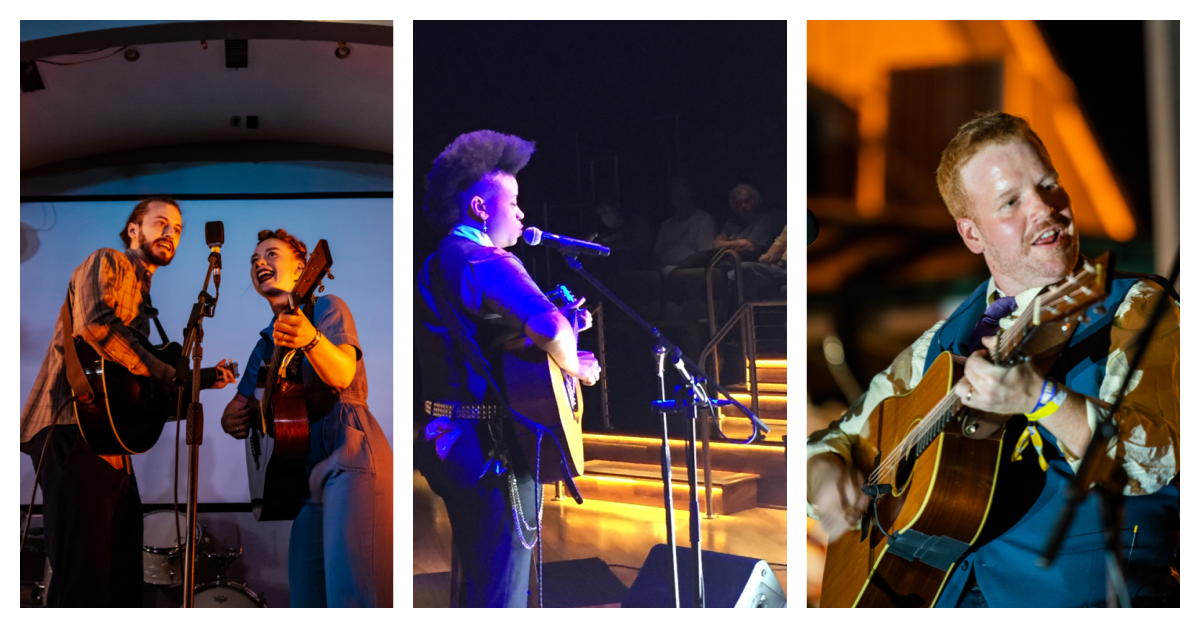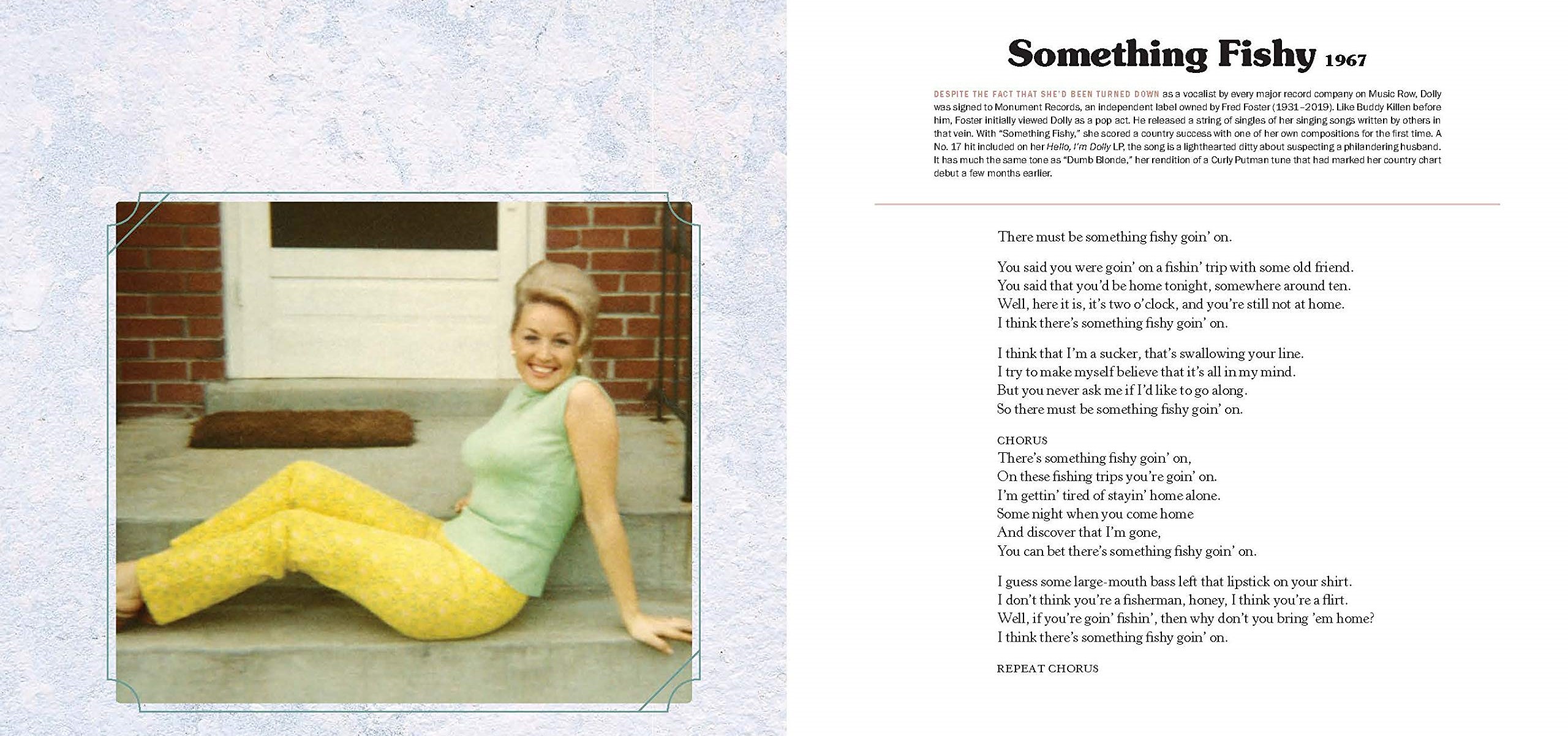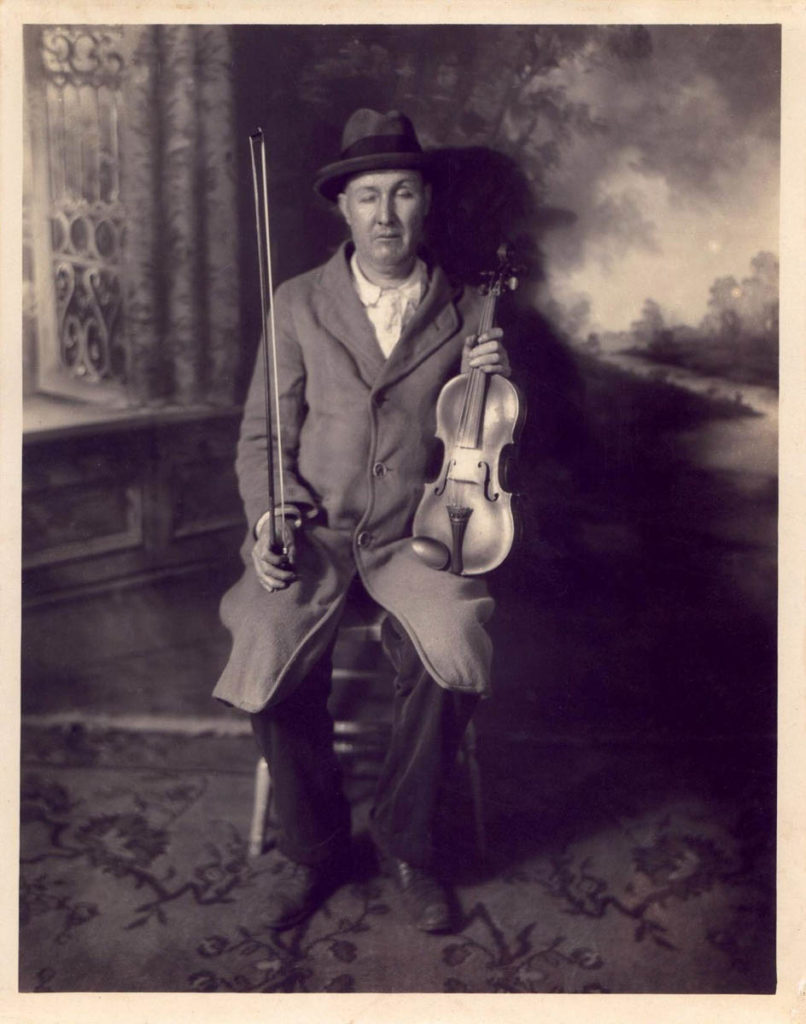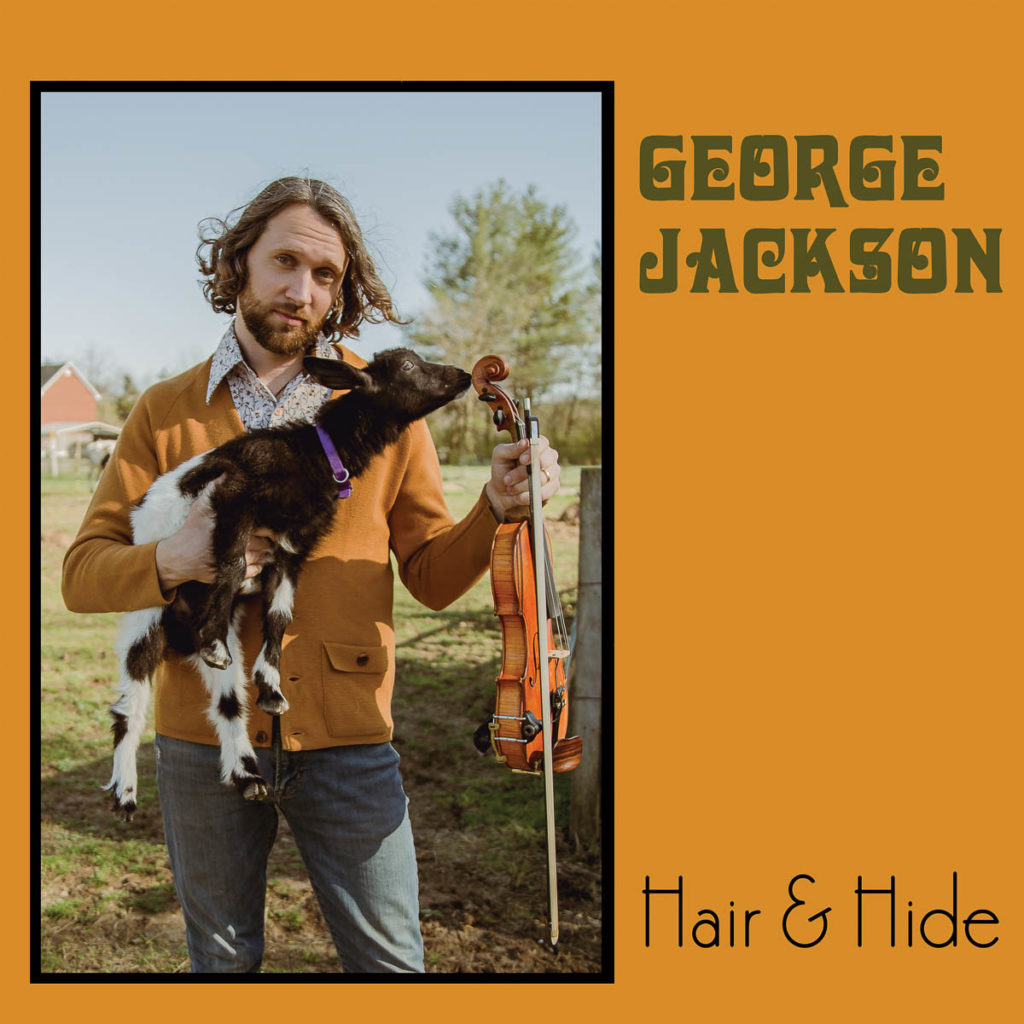For our “Pick 5” blog series, we pick five songs within a given theme – from heartsongs to murder ballads and everything in between! Once the author picks their “5,” they get the chance to tell us more about why they chose those songs – a great way to get some interesting song choices, which might introduce you to some new music, all easily accessible by tuning into Radio Bristol! Today our guest blogger is C. P. McGuire.
As a music major at Western Carolina University, the theme I’ve chosen is near and dear to my heart. When I have time, I love playing my guitar and singing, as well as creating new music to share with everyone. So here are five songs that celebrate writing and performing music!
“Piano Man” (1973) – Billy Joel
Let’s start out with one that everybody should be familiar with: “Piano Man.” Billy Joel wrote this song while working as a piano player in a piano bar, and all the people that he mentions in the song were apparently real people. It truly sounds like nine o’clock on a Saturday, and what really underlines this song’s celebration of performing music is heard primarily in the chorus with the line, “Sing us the song, you’re the Piano Man.” He’s being called to not only sing, but to sings something that will make everyone want to sing along with him.
“Another Somebody Done Somebody Wrong Song” (1975) – B. J. Thomas
Had a bad day? Work not treating you right? Your significant other left you? Well, this song, in my opinion, is the perfect remedy. With this song, B. J. Thomas is asking a performer to play another “somebody done somebody wrong song,” which I take as being a long way of saying “play me a sad song”! Even though it is a song about performing music on first listen, I feel like we might all need songs like this sometimes, just like Thomas needed to hear a sad, sad song.
“Wrote A Song for Everyone” (1969) – Creedence Clearwater Revival
Written in the midst of the Vietnam War in the late 1960s, this song is a call for truth, probably asking President Nixon why we were still fighting this war that was going nowhere. Lead singer John Fogerty is calling for everyone to get together in peace, and this song seems to be dedicated to everybody that agrees and wants to find their voice. I think that is an admirable thing to write a song about, and I am very happy this song exists.
“Making Memories” (1975) – Rush AND “From Rochdale to Ocho Rios” (1978) – 10cc
I couldn’t decide between these two songs about performing music – actually about touring – so they come together in one choice together! The first song, “Making Memories,” is about having fun on tour and enjoying the entire experience without dwelling on the negatives. With lyrics like “Our memories remind us, maybe road life’s not so bad,” it’s hard to believe that Rush would ever truly dislike touring. 10cc’s song “From Rochdale to Ocho Rios,” on the other hand, makes the band seem to like performing on tour, but makes traveling sound very tiresome and homesick-inducing with lines like, “you spend half your life in transit, but that’s just the way God planned it.” No matter how performers think of touring, whether they’re positive like Rush or more pessimistic or jaded like 10cc, they are still performing, and that’s a living for them.
“I Wanna Learn a Love Song” (1974) – Harry Chapin
And finally, a song about learning how to play music. This song is about Harry Chapin teaching his future wife how to play the guitar. Although married already, she hired him to teach her guitar to play for her kids. However, she insisted that he teach her a love song and was more interested in hearing him play. This song, again, just mentions performing, but I think that it is fascinating to hear how these two grew a relationship and got close because of the power of music.
C. P. McGuire is a music major at Western Carolina University. He worked with the Birthplace of Country Music Museum as an honors student, writing this blog post, creating social media posts, and researching museum programming ideas.








